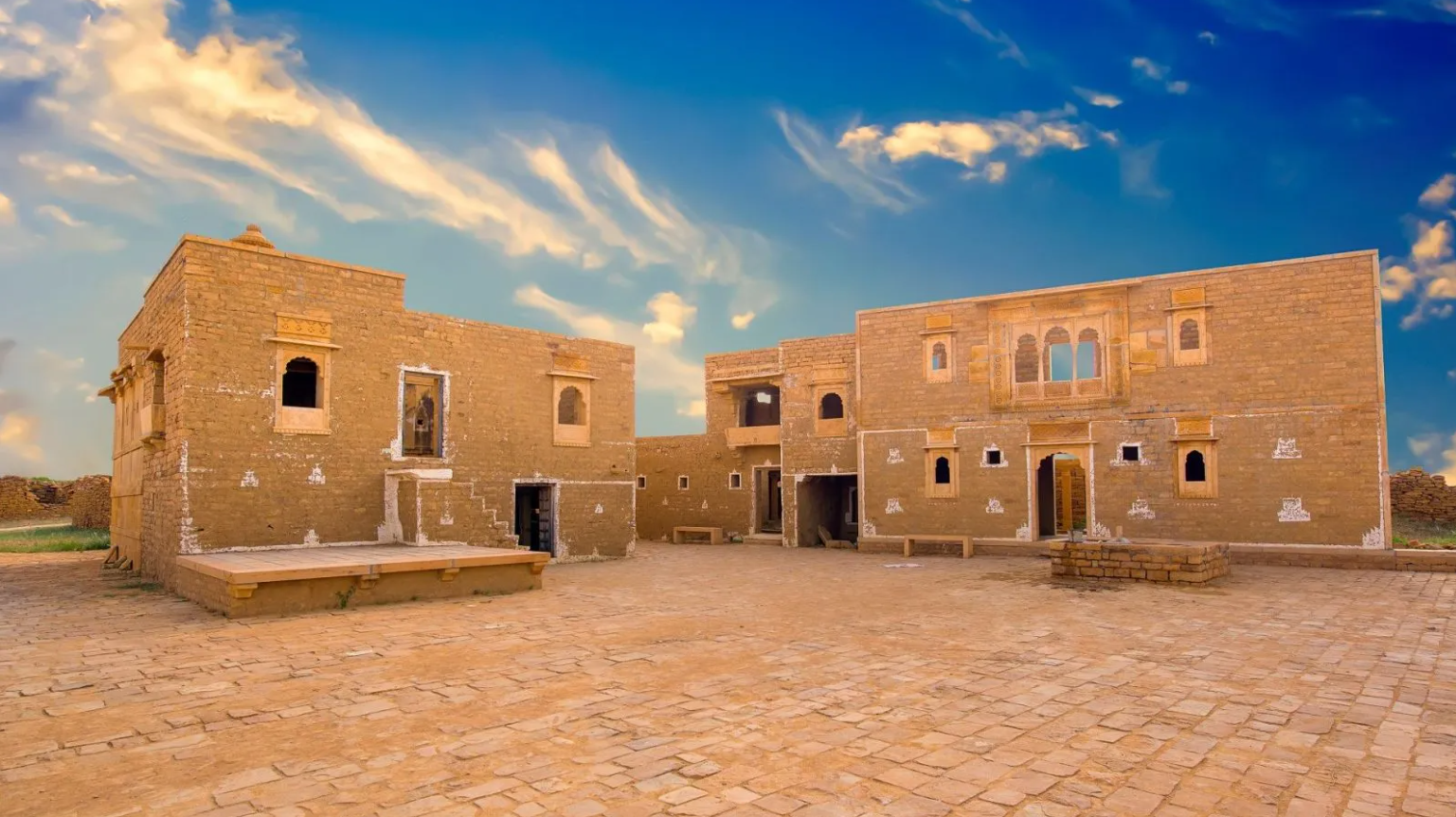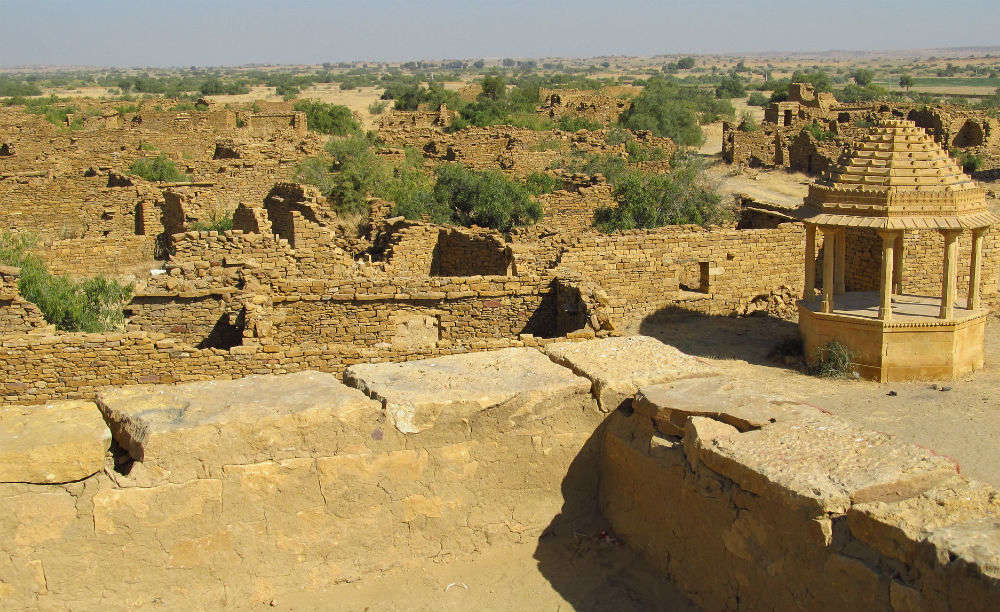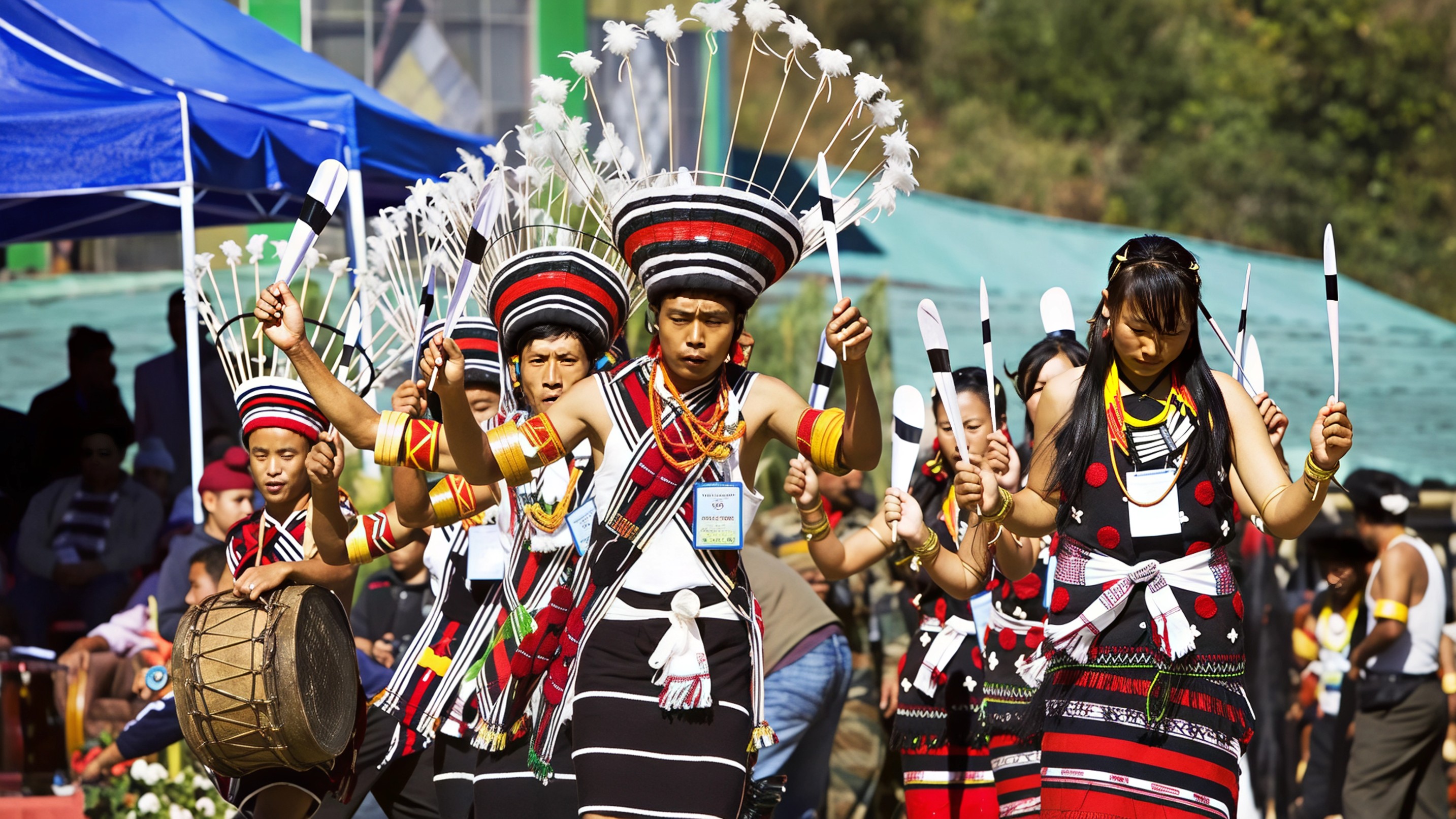Deep within the golden sands of Rajasthan’s Thar Desert lies Kuldhara, a village that time seems to have forgotten. Once home to the prosperous Paliwal Brahmins, known for their intelligence, water conservation techniques, and close-knit community, Kuldhara now stands as a haunting relic of India’s mysterious past. Crumbling sandstone walls, roofless homes, and deserted lanes whisper a story that still baffles historians and fascinates travellers from around the world.
A Prosperous Past
Kuldhara was established around the 13th century by the Paliwal Brahmins, who migrated from the Pali region of Rajasthan. Experts in agriculture and water management, they transformed the harsh desert into fertile land through innovative techniques like stepwells and underground irrigation channels. The village prospered for centuries, along with 83 nearby settlements, forming a strong and self-sufficient community.
The Mysterious Exodus
According to legend, Kuldhara’s downfall began under Salim Singh, the powerful and feared Diwan of Jaisalmer. Enamoured by a young Paliwal girl, he demanded her hand in marriage and threatened to impose unbearable taxes if denied. Refusing to surrender their dignity, the villagers chose to leave their homes forever.
One fateful night, under the cover of darkness, the entire population vanished — men, women, and children — leaving their belongings behind. No one saw where they went, and no trace of them was ever found. Before departing, they are said to have cursed the land, ensuring that no one would ever live there again.
What History Says
While folklore paints a tragic picture of love, honour, and defiance, historians suggest more pragmatic causes. Some believe that dwindling water supplies or trade decline may have forced migration. Others think rising taxes and political instability led to their departure. Yet, despite decades of research, no definitive explanation has been confirmed, keeping the enigma of Kuldhara alive.
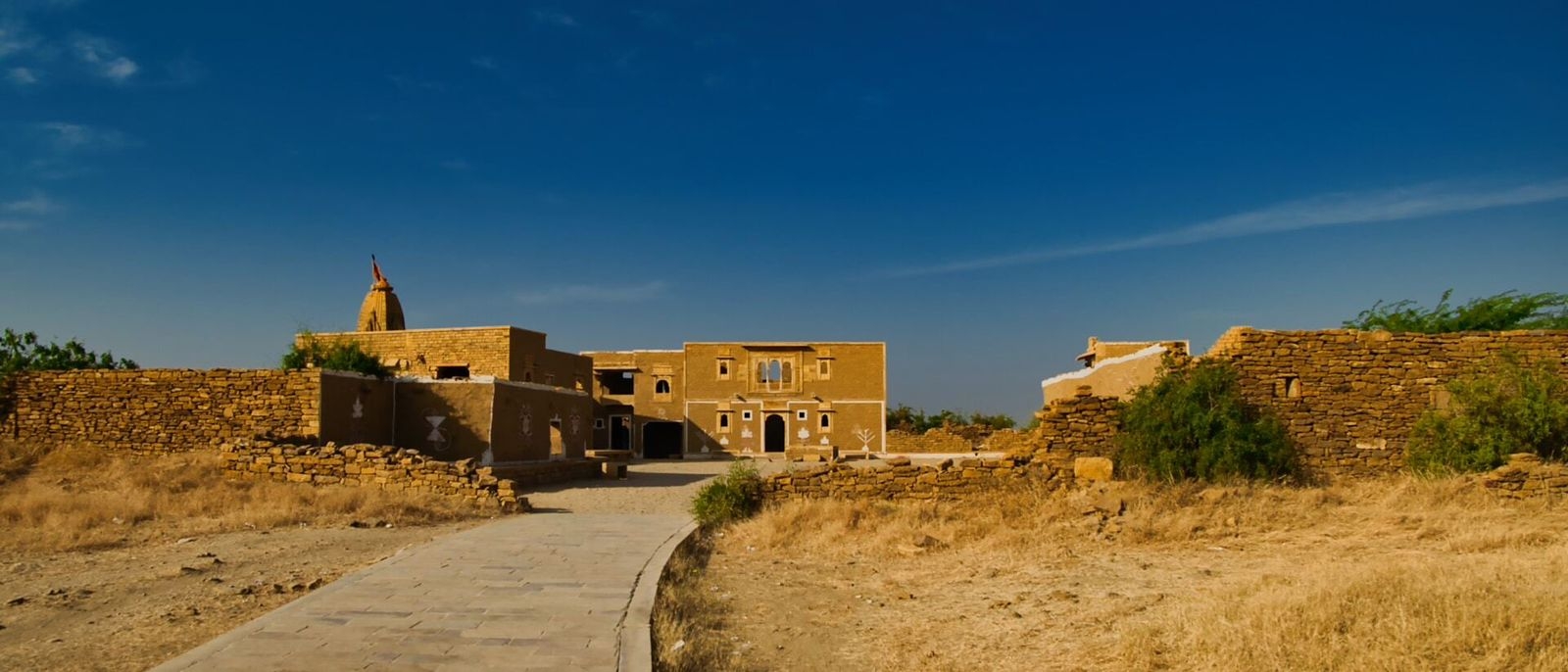
Kuldhara Today: Echoes Of The Past
Located just 18 kilometres from Jaisalmer, Kuldhara today is a protected site maintained by the Archaeological Survey of India (ASI). The remains of homes, wells, temples, and narrow alleys still stand, frozen in silence. Visitors often describe an eerie calm that settles over the village, especially at sunset, when the ruins glow under the golden desert light.
While overnight stays are prohibited, daytime visits are open to tourists, photographers, and paranormal enthusiasts. Locals claim to hear whispers and footsteps at night, adding to the mystery that surrounds the village. Despite its ghostly reputation, Kuldhara’s haunting beauty and historical depth make it one of Rajasthan’s most intriguing destinations.
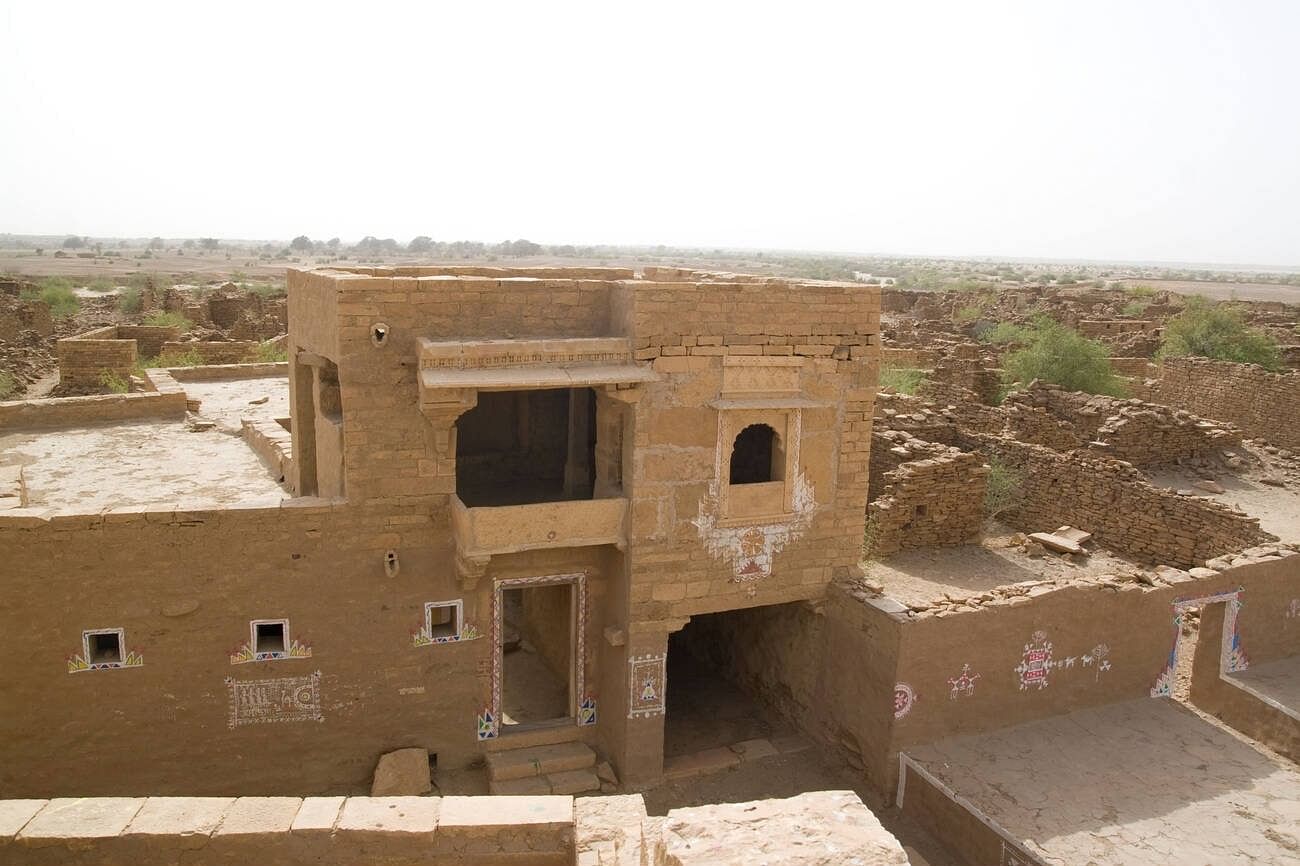
How To Reach Kuldhara
Kuldhara is easily accessible from Jaisalmer city by road. It is around 18 km away, and taxis or guided tours can take you directly to the site. The nearest airport and railway station are both in Jaisalmer.
The Legacy Of Kuldhara
Whether abandoned due to oppression, drought, or an ancient curse, Kuldhara stands as a timeless symbol of courage, pride, and resistance. It is a village that chose dignity over submission and continues to echo with untold stories carried by the desert wind.
Follow Travel Moves on Instagram and Facebook for more fascinating travel tales, mysterious destinations, and hidden gems across India and beyond.

